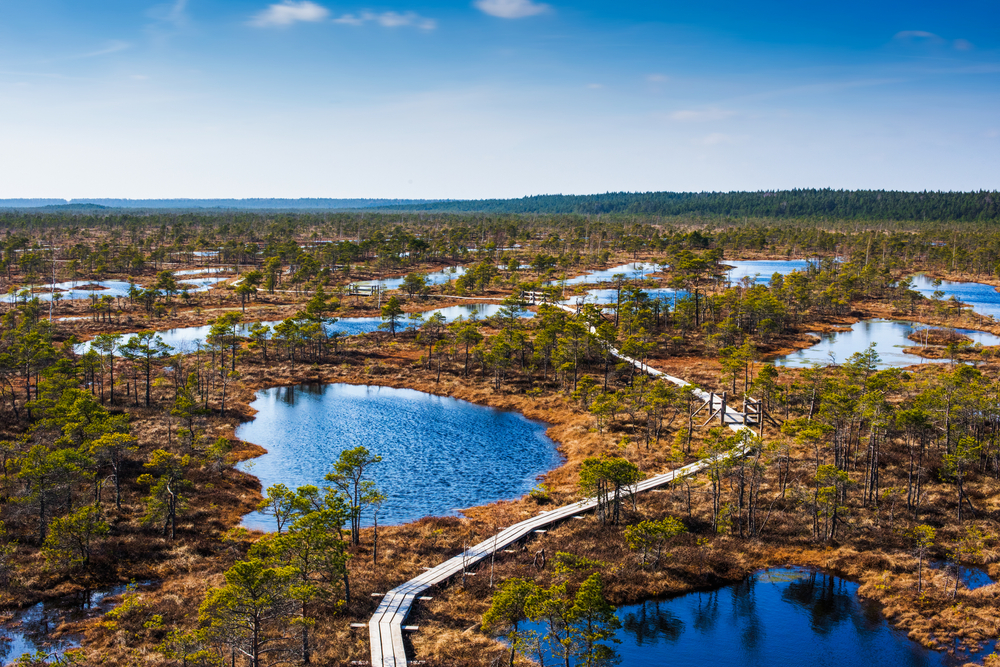Slītere Overview
Slītere National Park, located in the Kurzeme region of Latvia, is a pristine and captivating natural area that encompasses approximately 51 square miles (132 square kilometers) of diverse landscapes. The park, known as “Slīteres nacionālais parks” in Latvian, is situated on the northernmost tip of the Kurzeme Peninsula along the Baltic Sea.
Its unique geography and history have made it one of Latvia’s most treasured protected areas, offering visitors a chance to explore some of the most biologically rich and visually stunning regions of the country.
The terrain of Slītere National Park is remarkably varied, featuring ancient coastal dunes, vast forests, and wetlands. One of the most striking geological features of the park is the Slītere Blue Hills, which are remnants of a prehistoric shoreline dating back thousands of years. These hills rise gently above the surrounding landscape, offering sweeping views of the forested plains and the Baltic Sea.
The coastline itself is characterized by sandy beaches, steep cliffs, and rocky shores that have been sculpted by the sea’s forces over millennia. Dense coniferous and mixed forests dominate much of the park, with pines, spruces, and oaks providing a habitat for an array of plant and animal species. In the wetter areas, peat bogs and marshes host unique vegetation like sphagnum moss and rare orchids, adding to the park’s ecological significance.
The park is home to a wide array of wildlife, with many species thriving in its undisturbed habitats. Mammals such as roe deer, elk, and red foxes are commonly spotted, while the elusive lynx and European otter occasionally make appearances.
Bird enthusiasts flock to Slītere for its exceptional birdwatching opportunities. The park lies along one of Europe’s most significant migratory bird routes, making it a vital stopover for numerous bird species, including cranes, storks, and various waterfowl.
During migration seasons, visitors may also witness impressive flocks of hawks and other raptors soaring through the skies. The park’s forests are alive with the calls of woodpeckers, owls, and songbirds, providing an enchanting soundtrack to any visit.
Slītere National Park is celebrated for its unique features and accessibility to visitors. The Livonian Coast, a cultural heritage area within the park, showcases the traditions of the ancient Liv people, whose fishing villages dot the shoreline.
Visitors can explore the park via a network of well-maintained hiking and cycling trails, with the Slītere Lighthouse offering a panoramic view of the surrounding landscapes. The Cape Kolka area, where the Gulf of Riga meets the Baltic Sea, is another must-see, offering stunning views and a chance to witness the merging of two seas.
The park’s management is focused on balancing conservation with sustainable tourism. Conservation efforts have successfully preserved the park’s habitats and biodiversity, though challenges such as climate change and human activity continue to require careful management. Public education and community engagement have been key in fostering a sense of shared responsibility for this natural treasure, ensuring that it remains protected for generations to come.













































































